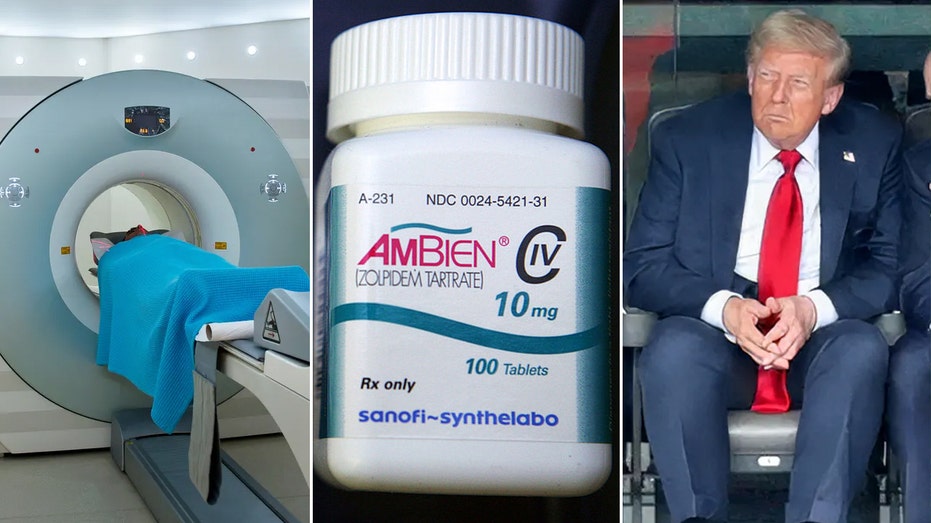AI Breakthrough Detects Deadly Blood Clots in Real Time

Sarah Johnson
May 19, 2025
Brief
AI tool from University of Tokyo detects blood clots in real time, revolutionizing heart disease treatment with non-invasive platelet monitoring.
A groundbreaking AI tool from the University of Tokyo is transforming how doctors detect deadly blood clots, offering a non-invasive glimpse into platelet activity in real time. This innovation could redefine heart disease treatment.
Using a high-powered microscope paired with artificial intelligence, researchers can now observe platelets—tiny blood cells critical to clotting—as they flow through the bloodstream. Dr. Kazutoshi Hirose, lead author of the study, explains that platelets are pivotal in coronary artery disease, a leading cause of heart attacks. Too many platelets can trigger dangerous clots, but current anti-platelet drugs are hard to monitor for effectiveness.
Traditional methods rely on invasive procedures or indirect measures, often leaving doctors guessing. The new tool, described by assistant professor Yuqi Zhou as a 'super-high-speed camera,' captures thousands of blood cell images per second. AI then analyzes these, distinguishing single platelets from clumping groups or even white blood cells in the mix.
Keisuke Goda, a professor at the university, highlights the tool’s ability to directly observe platelet interactions in patients with heart disease. Tests on over 200 patients showed that those with severe heart issues had more platelet clumping. Remarkably, a simple arm blood sample yielded results nearly identical to invasive arterial draws.
Emergency physician Harvey Castro, not involved in the study, calls this a game-changer. 'This turns a routine blood draw into real-time data on clot risk,' he says, though he notes the technology’s current reliance on specialized microscopes limits its immediate use. Still, with further development, it could enable precise, personalized treatments, allowing doctors to verify if blood-thinning drugs are working.
While not yet ready for every hospital, this AI-driven breakthrough signals a future where heart disease care is safer and more tailored, potentially saving countless lives.
Topics
Editor's Comments
This AI microscope is like a traffic cop for your bloodstream, spotting platelet pile-ups before they crash your heart. Why did the platelet go solo? It didn’t want to stick around for the clot party!
Like this article? Share it with your friends!
If you find this article interesting, feel free to share it with your friends!
Thank you for your support! Sharing is the greatest encouragement for us.



